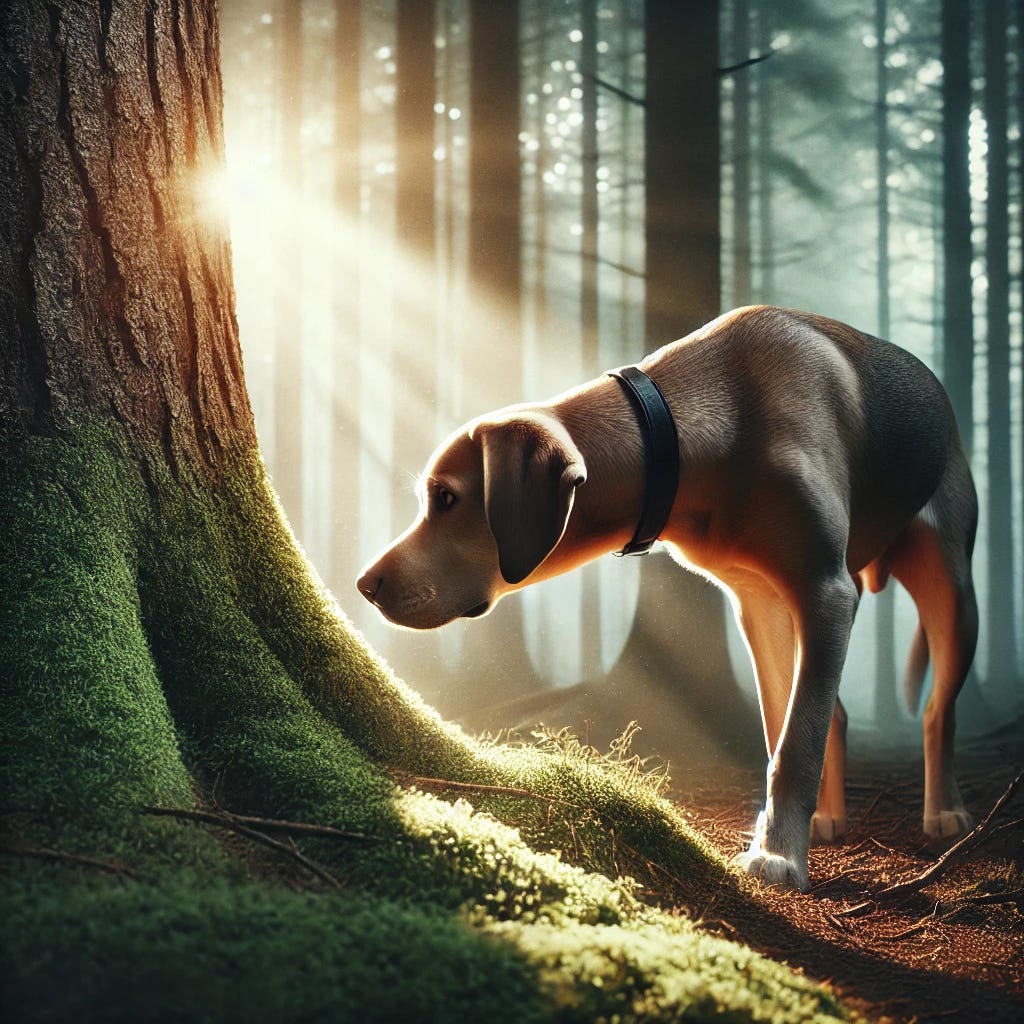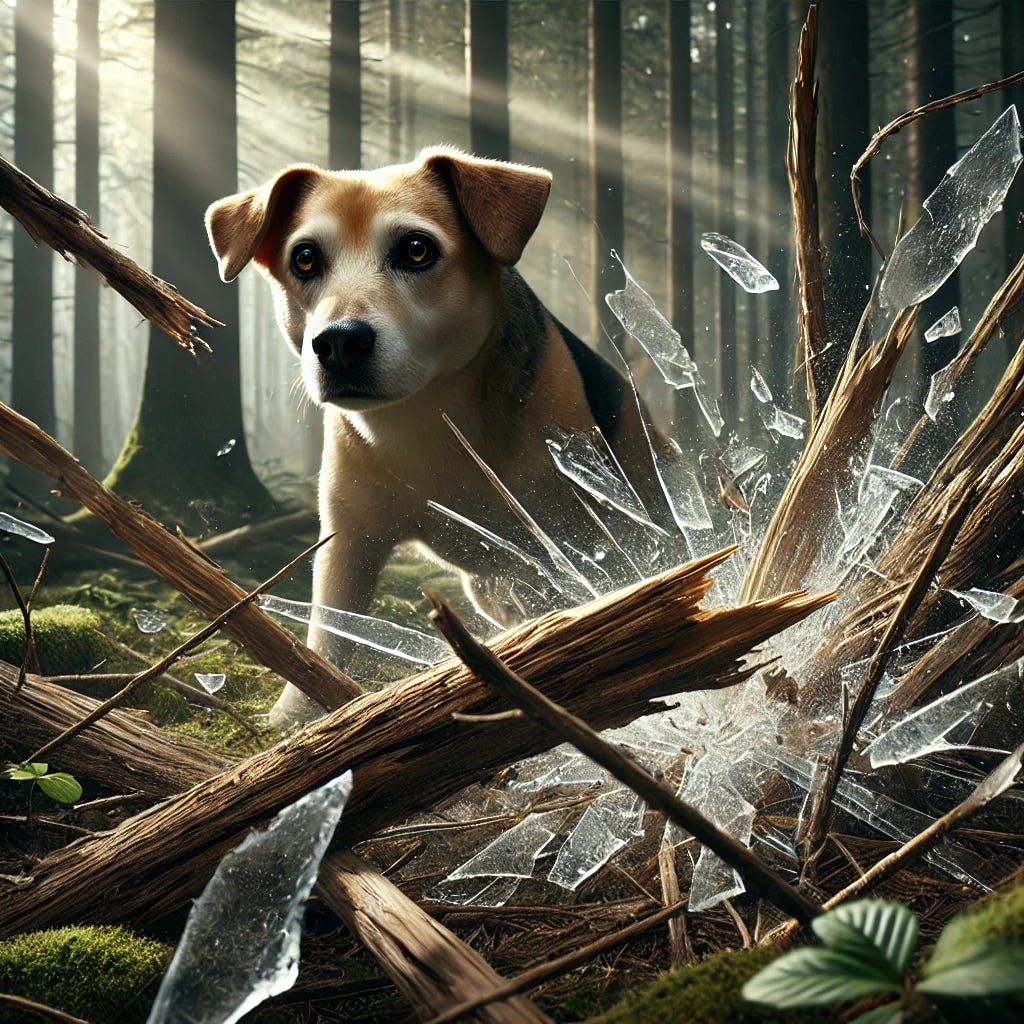Product Discovery Redefined: Explore, Validate, Break
Product Thinking with Intentional Role Shifting!
Years ago I was leading an initiative where we had every reason to believe we were on the right track. The team had done “discovery,” or so we thought: a few user interviews, a quick market analysis, and some internal brainstorming. But when we launched, the new feature didn’t resonate at all. I remember staring at the metrics in disbelief.
It hit me then—our approach to discovery wasn’t the problem. Our mindset was the problem. Discovery isn’t a checkbox or a step in the process; it’s a lens through which we continuously explore, validate, and refine our ideas—without fear or bias. That realization changed the way I approached building products forever.
When was the last time your team truly nailed product discovery? Not just scratched the surface, but explored the depths, validated assumptions, and deliberately dismantled what wasn’t working?
The Crisis in Product Discovery
We've created a culture where discovery is seen as a phase to get through, rather than a continuous journey of learning and adaptation. This mindset often stems from organizational pressures to deliver quickly, which prioritize execution over exploration. Teams may feel that discovery slows them down, leading to superficial research or skipping it altogether.
The impact? Misaligned products that fail to resonate with users, wasted resources, and missed opportunities for innovation.
Key industry research underscores these issues:
The CBInsights' "Top 20 Reasons Startups Fail" report1 found that 42% of startups fail due to "no market need" - highlighting the critical importance of proper discovery
When it comes to product development efficiency, ProductPlan's "Product Planning Report"2 shows that teams struggle with prioritization and customer research
Mind the Product's research into product practices3 has revealed gaps in how teams approach discovery and validation
A Dynamic Process That Thrives on Intent
That explains; Product Discovery isn’t one thing. It’s a dynamic process that thrives on intent. At its core, discovery revolves around three essential intents:
Exploring Unknowns: Generative Discovery
Validating Solutions: Evaluative Discovery
Breaking Assumptions: Destructive Discovery
The gaps in how teams approach discovery call for a shift from fragmented efforts to intentional practices that align with learning, validation, and resilience. Whether you’re a product manager, designer, engineer, or leader, this article is for you.
By mastering these discovery intents, you’ll improve how your team collaborates, learns, and delivers impactful products.
Let’s dive into these intents and see how they come to life with practical examples, team dynamics, and actionable insights.
1. Generative Discovery: Exploring Unknowns
This is where it all begins. Generative discovery is about uncovering new opportunities, identifying hidden problems, and crafting possibilities from ambiguity. It’s the foundation of innovation.
Role Dynamics:
Product Manager: Frames the strategic questions and identifies market gaps.
Designer: Explores user pain points through interviews and ideation workshops.
Engineer: Brings technical opportunities to the table, challenging feasibility early on.
Key Question: What don’t we know yet?
This is where it all begins. Generative discovery is about uncovering new opportunities, identifying hidden problems, and crafting possibilities from ambiguity. It’s the foundation of innovation.
Teresa Torres emphasizes the importance of opportunity mapping in this phase. By visualizing opportunities alongside customer needs, teams can prioritize where to focus their generative efforts effectively. Opportunity mapping helps ensure you’re exploring problems that truly matter to your users.
Tools & Techniques:
User Research: Ethnographic studies, interviews, and contextual inquiries. Teresa Torres’ continuous discovery habits align strongly with these tools, particularly in creating an ongoing cadence of user interviews and feedback sessions. By embedding these habits into workflows, teams can uncover deeper insights over time.
Market Analysis: Identifying trends and emerging technologies.
Workshops: Crazy 8s, Design Sprints, and collaborative ideation.
Impact Mapping: A strategic planning technique to visualize connections between business goals, users, and their desired behaviors. For an in-depth look, Büşra Coşkuner’s excellent mini-series “Outcome Focus with Impact Mapping” is a must-read. She provides actionable insights and real-world examples to master this approach.
Example:
Imagine your team is building a fitness app. In a generative mode, you’re not worried about specific features. For instance, take a look at how Spotify approached discovery when entering the podcast space. Instead of diving straight into building tools, they explored user pain points like discovery fatigue and creators’ needs for better analytics.
This generative approach allowed Spotify to uncover opportunities that shaped their podcast strategy beyond conventional streaming experiences. Instead, you’re asking questions like:
What do people struggle with in their fitness journeys?
How do they currently overcome these challenges?
What motivates them to stay consistent?
Through this process, you might discover that accountability is a bigger pain point than the actual workouts. This insight could shift your focus toward social or gamified solutions rather than just routine tracking.
2. Evaluative Discovery: Validating What Works
Once you’ve surfaced ideas, evaluative discovery kicks in. This is where you test hypotheses, refine solutions, and ensure what you’re building resonates with users.
Teresa Torres often highlights the importance of quick feedback loops in this phase. Regular touchpoints with users—even weekly—allow teams to test assumptions and iterate faster. This cadence minimizes the risk of veering too far off course and ensures you’re solving the right problem effectively.
Jeff Gothelf, in Lean UX, emphasizes the role of continuous collaboration and iterative testing in evaluative discovery. He advocates for framing discovery experiments with hypotheses that are tied to user outcomes. This ensures every test contributes directly to solving real customer needs while avoiding the "build trap."
Role Dynamics:
Product Manager: Aligns tests with user and business outcomes, ensuring hypotheses tackle real needs.
Designer: Refines and tests prototypes with users to gather actionable insights.
Engineer: Develops prototypes for testing and ensures technical scalability aligns with findings.
Key Question: Does this solve the problem effectively?
In this phase, teams shift their focus from exploring possibilities to rigorously validating their ideas. This involves putting hypotheses to the test, refining solutions, and ensuring alignment with user needs and business goals.
Evaluative discovery bridges the gap between creative ideation and real-world application, providing a safety net against wasted efforts on ideas that don't resonate or deliver value. It’s a phase that demands quick feedback loops, collaborative iteration, and a commitment to finding the truth over confirmation bias.
Tools & Techniques:
Prototyping: From low-fi wireframes to high-fi clickable models.
User Testing: A/B tests, usability studies, and surveys.
Metrics Analysis: Funnel performance, feature adoption, and retention rates.
Example:
After discovering that accountability matters, your team prototypes two features: a buddy system and weekly challenges. During evaluative discovery, you:
Run a usability study to see if users find the buddy system intuitive.
A/B test the challenge feature to measure its impact on engagement.
You’re not just checking if something works; you’re testing how well it works and whether it aligns with user needs.
3. Destructive Discovery: Breaking What Doesn’t
This is the most overlooked intent, yet it’s where the strongest product teams excel. Destructive discovery is about stress-testing ideas and exposing flaws before they reach your users.
Role Dynamics:
Product Manager: Plays devil’s advocate, questioning assumptions and analyzing risks.
Designer: Identifies edge cases and user flows that could fail in real-world scenarios.
Engineer: Simulates failure conditions to ensure system resilience and scalability.
Key Question: What will fail and why?
This intent challenges the assumption that once something works in controlled environments, it will perform seamlessly in the wild. By actively seeking out weaknesses, you ensure that your product is robust, user-friendly, and capable of handling unexpected scenarios.
This intent goes beyond validation to actively pressure-test every aspect of your product’s design and functionality, turning potential failures into opportunities for improvement.
Tools & Techniques:
Edge Case Testing: Identify and address scenarios outside the happy path.
Chaos Engineering: Simulate failure conditions to test system resilience.
User Challenges: Ask power users to try and “break” your product.
Example:
Your team’s weekly challenge feature is performing well in controlled tests. But during destructive discovery, you:
Observe users who’ve never completed a challenge and realize onboarding is confusing.
Test edge cases, like what happens if a challenge is incomplete for weeks.
Push backend systems to their limits to uncover performance bottlenecks.
By intentionally seeking failure, you’re preventing costly mistakes and building a stronger, more reliable product.
The Power of Intentional Role-Shifting
Here’s where it gets interesting. The synergy between product, design, and engineering can amplify discovery when they shift roles across these intents.
A Real-World Scenario:
Your product manager (PM), designer, and engineer each own different discovery intents:
The PM dives into generative discovery, focusing on market gaps and user needs.
The designer leads evaluative efforts, testing user flows and prototypes.
The engineer takes charge of destructive discovery, finding technical pitfalls and edge cases.
Now imagine swapping roles:
The designer explores generative opportunities with users to bring a fresh perspective.
The engineer validates usability with prototypes to uncover technical limitations early.
The PM stress-tests assumptions by playing devil’s advocate during destructive discovery.
This role-shifting not only breaks silos but also creates richer insights. Suddenly, everyone is thinking holistically—exploring, validating, and breaking together.
How to Bring These Intents to Your Team
Define the Intent: Before starting discovery, clarify which intent you’re focusing on. Is this about uncovering unknowns, validating solutions, or stress-testing assumptions?
Assign Ownership: Give team members a chance to own different intents and even swap roles to foster new perspectives.
Make It a Habit: Treat discovery as an ongoing practice, not a one-off task. Embed these intents into your team’s DNA.
Recommended Resources:
Teresa Torres’ Blog: A goldmine of insights on continuous discovery and opportunity mapping.
Continuous Discovery Habits by Teresa Torres: A must-read book for embedding discovery habits into your team’s workflow.
Jeff Gothelf on Lean UX: Practical tips on creating hypotheses and iterative discovery workflows.
Case Study: Spotify’s Podcast Strategy: Learn how Spotify applied generative discovery to enter the podcast space.
Chaos Engineering Principles: Dive into techniques for stress-testing systems during destructive discovery.
Final Thought
Discovery is uncomfortable, and it’s supposed to be. Generative discovery pushes you to explore the unknown, evaluative discovery ensures you validate what works, and destructive discovery helps you dismantle what doesn’t.
Together, these intents create a resilient and dynamic discovery process, enabling teams to craft exceptional products.
The strongest product mindset doesn’t treat discovery as a monolith. It’s an iterative dance between exploring, validating, and breaking.
Let’s make discovery the engine of bold, resilient product decisions. Share your stories, challenges, and breakthroughs on Product Voyagers.





